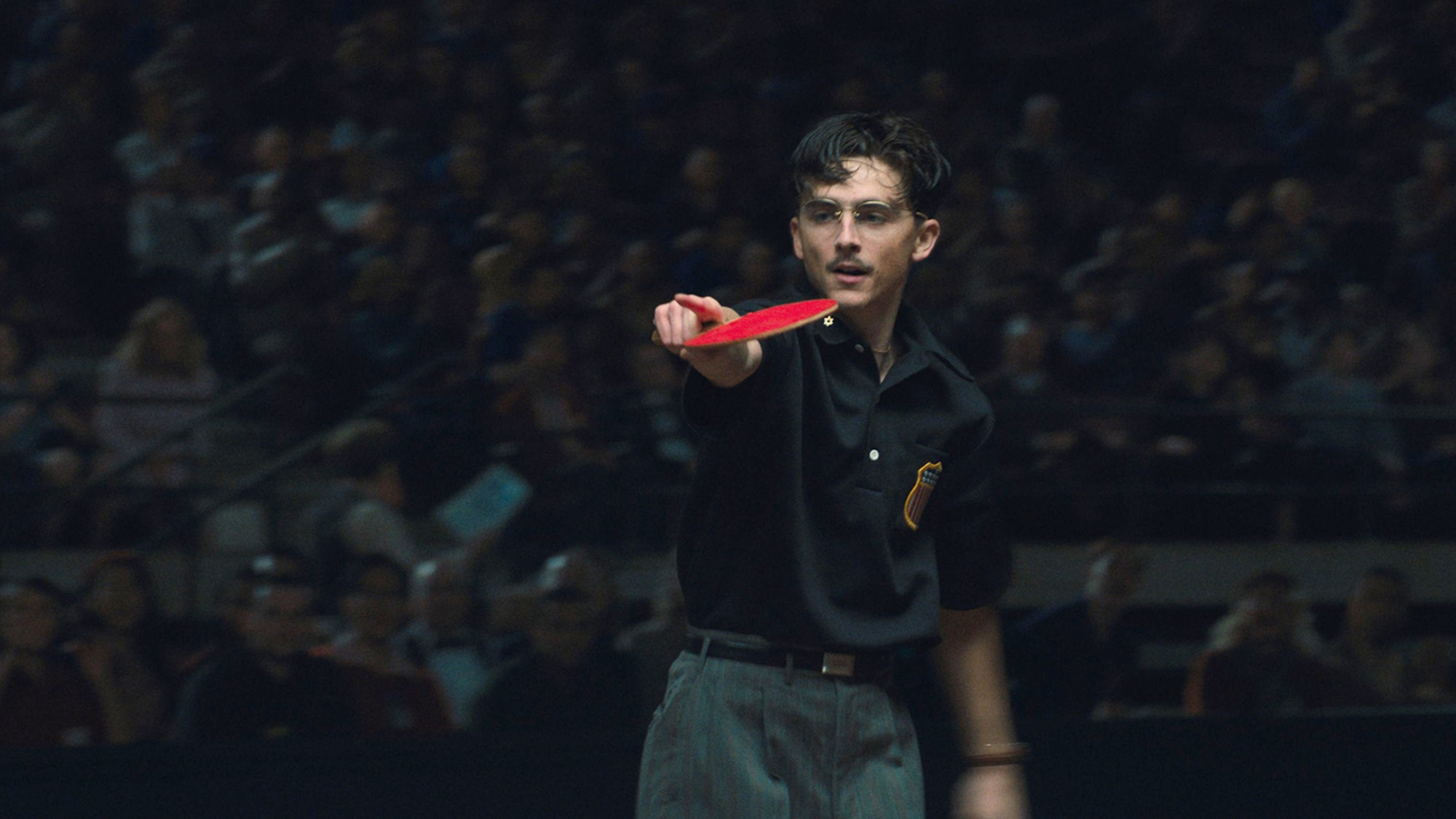The reclaiming of ground zero
A year ago, the ruins of the World Trade Center dominated downtown Manhattan. Now the smoldering remains are all gone. How did recovery crews do so much, and so quickly?
How big was the job?
It was Herculean. The World Trade Center’s twin 110-story towers collapsed into a mountain of flaming wreckage that filled a foundation hole that was 70 feet deep. The skyscrapers were compacted into a snarl of steel and concrete that reached 11 stories from its base in the pit to its tip high above the street. By May 30, when the last steel beam was removed from ground zero, trucks and barges had hauled off 1.6 million tons of material, including 190,568 tons of steel.
What did it take to clear the debris?
The Week
Escape your echo chamber. Get the facts behind the news, plus analysis from multiple perspectives.

Sign up for The Week's Free Newsletters
From our morning news briefing to a weekly Good News Newsletter, get the best of The Week delivered directly to your inbox.
From our morning news briefing to a weekly Good News Newsletter, get the best of The Week delivered directly to your inbox.
Picking up the pieces after Sept. 11 was an around-the-clock effort that required 3.1 million man-hours. City officials divided the 16-acre site into quadrants and asked four construction companies to clean up one section apiece. The crews loaded the mountain into trucks in bits and chunks until, 108,444 truckloads later, there was nothing left. The work was completed three months ahead of schedule, and easily outpaced the decision as to what to put on the site. Final plans for rebuilding and a memorial won’t be made for months.
What about the Pentagon?
As with the Trade Center, the Pentagon’s reconstruction has exceeded even the most optimistic projections. The terrorists who hijacked American Airlines Flight 77 slammed it into the building’s western edge at 350 miles per hour, killing 125 people on the ground and all 64 aboard the plane. They damaged or destroyed 400,000 square feet of the 6-million-square-foot structure. But the devastated area has not only been cleaned up, it has been rebuilt. Most of the building’s new limestone façade came from the same Indiana quarry that supplied the 1941 original, and it is hard to tell where the old bisque-colored stone stops and the replacement slabs begin.
How did the Pentagon’s rebuilding proceed?
A free daily email with the biggest news stories of the day – and the best features from TheWeek.com
The $700 million repair effort, dubbed the Phoenix Project, began with the demolition of the damaged area. Construction experts estimated that it would take six months to tear out the charred ruins, but crews working night and day wrapped up the job in 32 days. A total of 700 laborers pulled 10-hour shifts as a countdown clock emblazoned with the words “Let’s roll” ticked off the time remaining until the attack’s anniversary. The finishing touches will take several more months, but 600 employees will go back to work in the repaired section on Sept. 11. It helped that, by sheer coincidence, Flight 77 struck the strongest part of the Pentagon. The portion, known as Wedge 1, had already been fortified as part of a project begun in 1998.
What was found in the towers’ ruins?
A mélange of the ghastly, the poignant, and the incredible. There were 100 firetrucks, some completely smashed. A thousand or so other vehicles, including three unscathed presidential limousines, were pulled from the ruins of the Trade Center’s six-level garage and the surrounding streets. There was part of a Rodin sculpture from the offices of Cantor Fitzgerald, the financial firm that lost more than 700 employees. Perhaps the most spectacular treasure recovered in New York was found in a Bank of Nova Scotia vault, reported The Atlantic Monthly. By the time recovery workers cut a path to the two-story vault, buried under one of the Trade Center’s collapsed satellite buildings, looters had already tried to break in through the door and the ceiling. When the door was opened, $250 million worth of gold and silver bars was found, untouched. Not a single ingot was missing.
Was it hard to spot remains?
Very. After the early months of the search, many of the body parts recovered were not found until the debris had been carted to the Fresh Kills Landfill on Staten Island, 11 miles away. During the last phase of the recovery effort, about 300 people sifted through the 6,500 tons of wreckage that arrived every day. The workers scanned every inch of debris and sorted out everything from identification cards to loose change. “It is not a garbage dump,” said William Allee, the New York City Police Department’s chief of detectives. “It is sacred ground to all of us.”
How did the sorting work?
First, big chunks of steel and concrete were pulled out using heavy equipment with a mechanical claw. The rest of the material was loaded into another machine, a 10-foot square “shaker” box that dislodged small pieces of debris and let them pass through a screen. The finest material, fist-sized and smaller, went through another sorting process before ending up on a conveyor belt, where inspectors wearing masks and white lab coats assumed the gruesome task of spotting everything from wedding rings to pieces of bone. “It’s all about the same size,” said Richard Marx, an FBI agent. “You get dizzy just watching it.”
Did medical examiners find the dead?
Not all of them. Recovery workers in New York found 20,000 body parts mixed in with the rubble. Only 289 whole bodies were recovered. In some instances, identification was easy. One victim came to rest in a sitting position, his business suit intact and his wallet still in his pocket. Such neat cases were rare, though. More than 500 of the Trade Center dead were identified solely through DNA tests on the bits and pieces of bodies sifted from the pile. In one case the only trace found was a four-inch piece of bone, which proved enough to put a name to the remains.
What happens now?
Although the recovery effort is officially over, scientists will continue trying to match remains to the nearly 1,600 of the 2,819 World Trade Center victims who have yet to be positively identified. As late as August 28, three tiny bone fragments, possibly belonging to as-yet-unidentified persons, were found atop 130 Liberty Street, just south of the site. “We will use every tool at our disposal,” said Dr. Charles Hirsch, New York City’s chief medical examiner. “We are never going to give up.”
The price of sorrow
The survivors of those killed on Sept. 11 have begun receiving the compensation that Congress promised in the days following the attacks. In August, the federal Victim Compensation Fund sent out its first 25 checks. One of them went to the parents of a 20-something employee of a financial firm; they told The New York Times that they received $1.04 million. According to the young man’s mother, he was earning $60,000 a year just a few years out of college, and he had vowed to be making $1 million after 10 years on the job. The awards are being computed on the basis of such unrealized potential; the average amount is expected to be around $1.5 million. But the money comes with its own emotional price tag. Roberta Gordon, an attorney who represents the parents of the young financial-services worker, said that the mother told her the compensation was a fresh reminder of everything the family had lost. “She said to me, ‘If only I could give it all back just to have him back.’”
-
 6 lovely barn homes
6 lovely barn homesFeature Featuring a New Jersey homestead on 63 acres and California property with a silo watchtower
-
 Film reviews: ‘Marty Supreme’ and ‘Is This Thing On?’
Film reviews: ‘Marty Supreme’ and ‘Is This Thing On?’Feature A born grifter chases his table tennis dreams and a dad turns to stand-up to fight off heartbreak
-
 Political cartoons for December 14
Political cartoons for December 14Cartoons Sunday's political cartoons include a new White House flag, Venezuela negotiations, and more